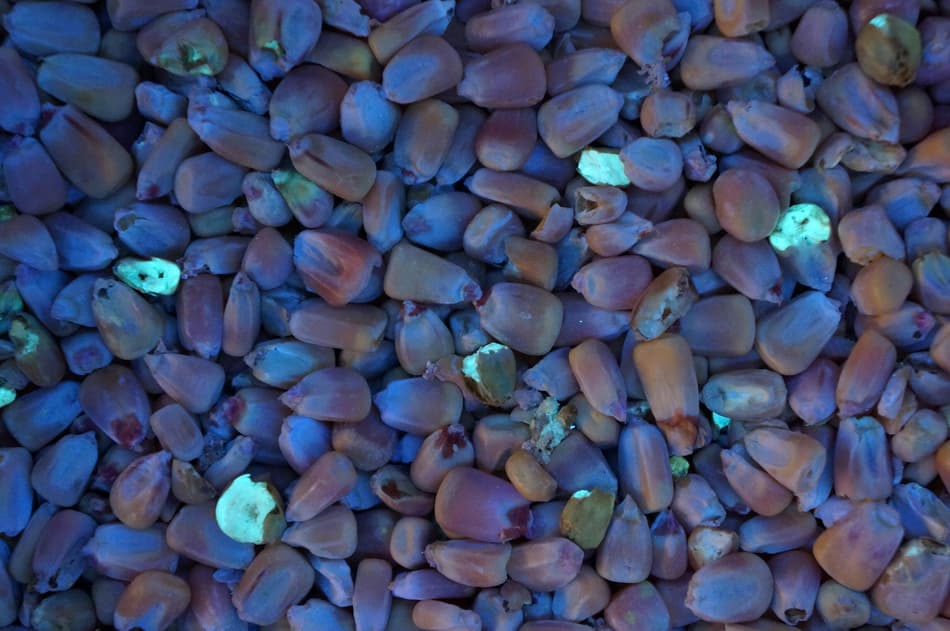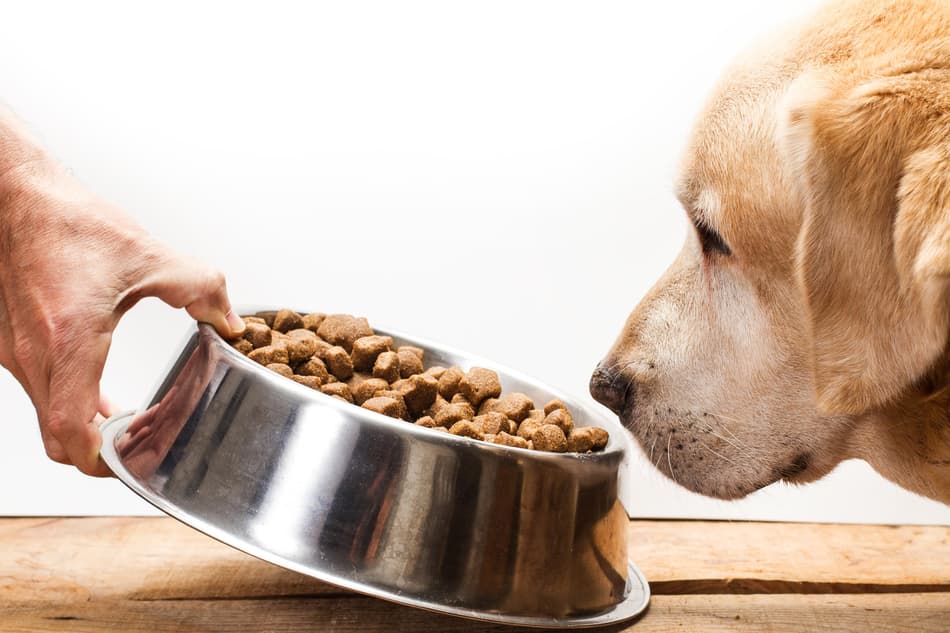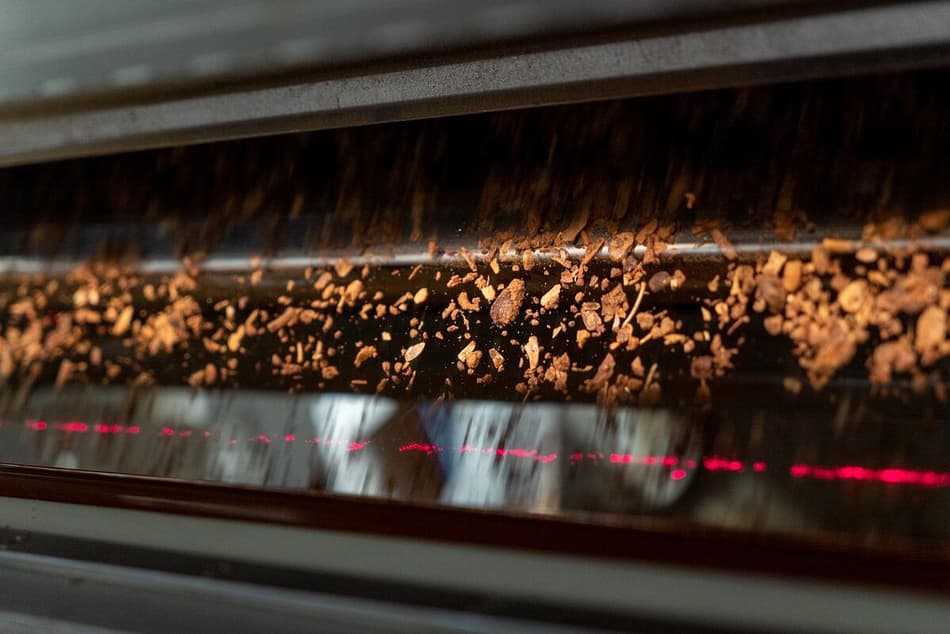Get in touch
Speak with us to learn how you can make Every Resource Count!™
As a large number of product recalls recently showed, plant-based ingredients in pet foods can hide a dangerous poison. The near-invisible threat is aflatoxin, one of the mycotoxins produced by certain molds (fungi) on plants such as corn, grain and tree nuts. When this slips into the food chain undetected, it can harm pets and pet food manufacturers’ reputations.

Aflatoxin is a toxic compound that can develop when plants are grown, stored, or transported in hot and humid conditions. Of the four different aflatoxin types, the most common, aflatoxin B1, is also the most toxic. In fact, it’s the most carcinogenic naturally-occurring substance there is. Tiny doses are enough, if consumed repeatedly, to seriously damage an animal’s health. Larger doses can kill. Hence the horror stories in late 2020 and early 2021 when aflatoxin-contaminated corn (maize) got into multiple dog-food brands, in some cases causing the deaths of more than one hundred pets. Soon after this, checks by the U.S. Food and Drug Administration found aflatoxin-contaminated corn in 18 different dog-food brands, reminding the industry that this is a genuine threat.
The big challenge facing pet food producers and their ingredients-suppliers is that aflatoxin is very difficult to detect or eradicate in its entirety. Because mycotoxins tend to occur in ‘hot spots’ - small pockets of damp or damaged grains which get widely scattered across grain lots - test samples don’t always find the contamination.

Another challenge is the limited effectiveness of the various methods - methods such as sieving, pearling, washing, fungal inhibitors, drying, and irradiation - used to counteract mold or aflatoxin contamination. All of these measures have useful purposes, and some can lead to the identification of problems such as dampness, dirt, or poor ventilation in storage or transportation, or insufficiently frequent stock rotation - but none can be guaranteed to eliminate the risks of poisoning from high concentrations of aflatoxin or long-term ingestion. Moreover, aflatoxin’s chemical compounds are so stable that they are resistant to heat processing. Some types of processing can actually increase toxin content.
The increasing popularity of organic pet foods will only intensify these headaches. Shoppers like to think of these foods as safer than non-organic because there can be no pesticide residues - but plants not treated with insecticides or fungicides are more vulnerable to crop pest damage, fungus growth, and mycotoxins.
If all these challenges are beginning to sound unbeatable, they’re not. Technologies offered by TOMRA Food, the world-leading designer and manufacturer of advanced optical sorting machines, have been successfully removing aflatoxin-contaminated materials from human-grade foods for years. And the same technologies can be applied to pet food ingredients.

TOMRA’s sorters detect unwanted materials in food streams according to their color, shape, structure, and composition. TOMRA’s unique Detox Laser can identify the low-intensity light reflected by aflatoxin mold in various food types. And whereas sample-testing for aflatoxin confirms only whether the sampled batch is safe, the Detox Laser checks all of the product.
This means that pet food ingredients suppliers no longer have to play Russian Roulette. All bullets can be removed from the barrel - and all pet food manufacturers will want to know that their ingredients-suppliers have done this.
